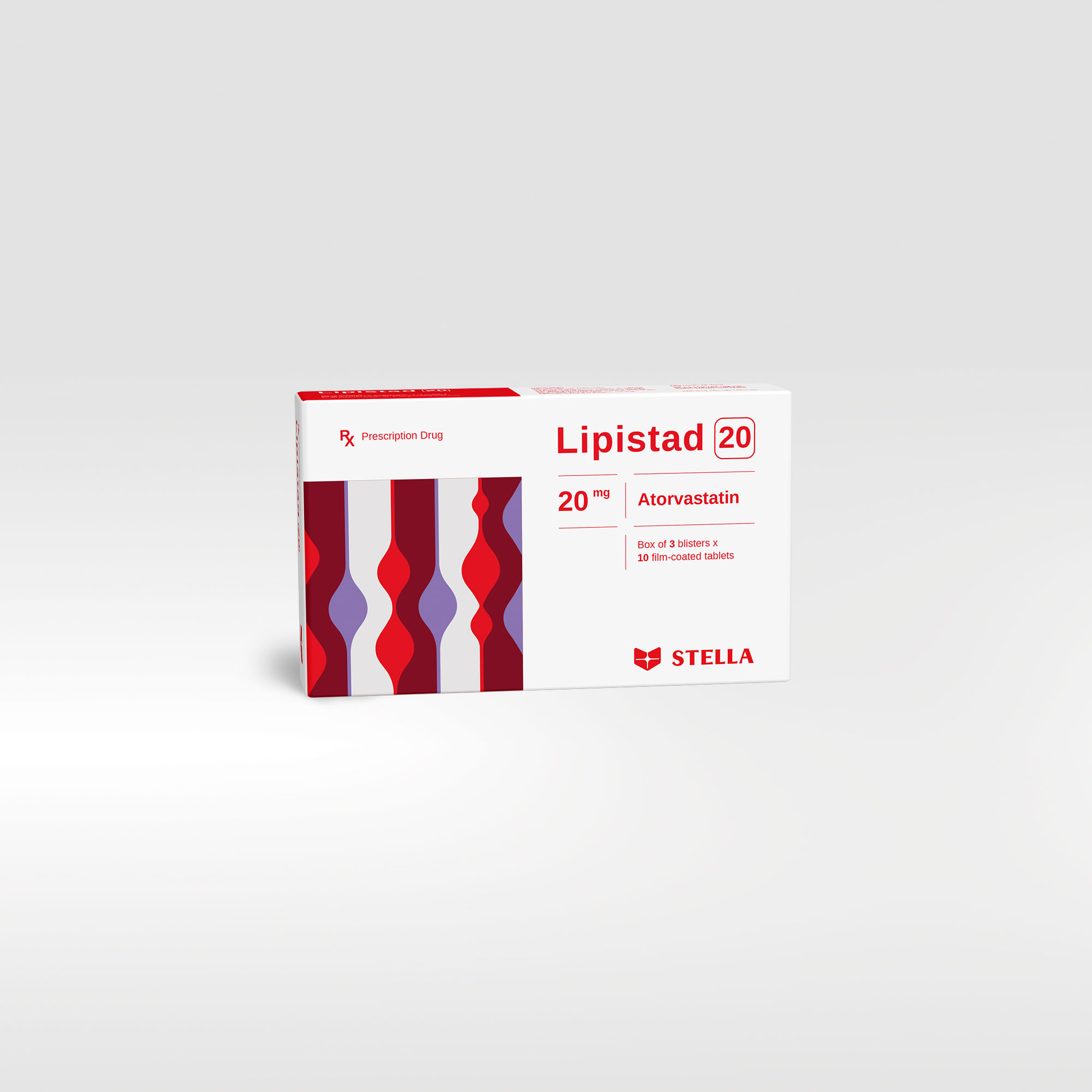Atorvastatin should be used with caution in patients who consume substantial quantities of alcohol and/or have a history of liver disease. Atorvastatin is contraindicated in patients with active liver disease or unexplained persistent elevations of serum transaminases.
A CPK level should be measured before starting statin treatment in the following situations: Renal impairment; hypothyroidism; personal or familial history of hereditary muscular disorders; previous history of muscular toxicity with a statin or fibrate; previous history of liver disease and/or where substantial quantities of alcohol are consumed; in elderly (age > 70 years), the necessity of such measurement should be considered, according to the presence of other predisposing factors for rhabdomyolysis. If CPK levels are significantly elevated (> 5 times ULN) at baseline, treatment should not be started. Atorvastatin therapy should be discontinued if markedly elevated CPK levels occur or myopathy is diagnosed or suspected.
Atorvastatin therapy should be temporarily withheld or discontinued in any patient with an acute, serious condition suggestive of a myopathy or having a risk factor predisposing to the development of renal failure secondary to rhabdomyolysis.
When patients are receiving medicinal products that increase the plasma concentration of atorvastatin such as potent inhibitors of CYP3A4 or transport proteins (e.g. cyclosporin, telithromycin, clarithromycin, delavirdine, stiripentol, ketoconazole, voriconazole, itraconazole, posaconazole and HIV protease inhibitors including ritonavir, lopinavir, atazanavir, indinavir, darunavir, etc), a lower maximum dose of atorvastatin is recommended.





